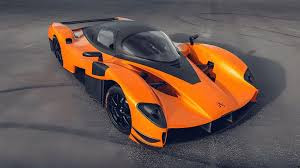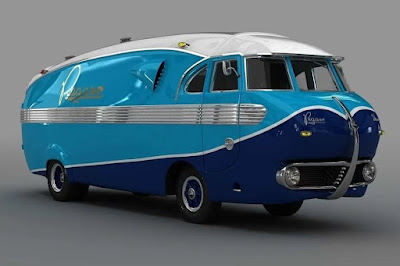
ONE-OFF - Even if you have heard about it before, we are sure that some of you might not be familiar with it. The Italian coachbuilder Pietro Frua created the only four-door Lamborghini in existence in 1978. Known as the Frua Faena, this unique vehicle was built on a reinforced 1974 Espada Series II chassis (nr. 18224). The name Faena is derived from bullfighting;...






